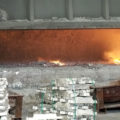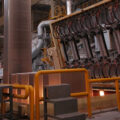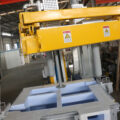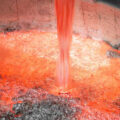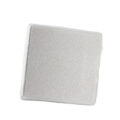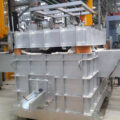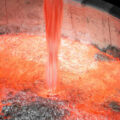As an advanced process technology, filtration technology has a significant effect on reducing inclusions and pore defects, and improving the mechanical properties and processing properties of castings. The application of filtration technology in casting has undergone a development process: glass fiber filters were used in the 1960s, ceramic foam filters appeared in the late 1970s, and honeycomb filters appeared in the 1980s. The application of filtration technology is a very important aspect of the production of high-quality castings.
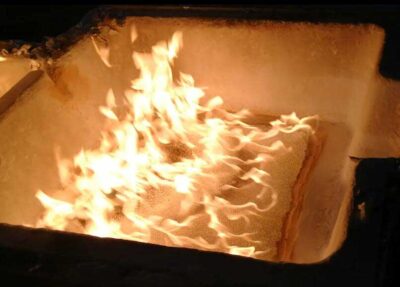
As we all know, inclusions are a very important type of casting defects, accounting for more than half of the total number of defects. Such defects may exist in all castings, but the severity is different. The standards for the control of inclusion defects are mainly determined by the properties and uses of the castings. The more precise castings and castings with harsh working conditions, the stricter the restrictions on inclusion defects. The main inclusions in castings are: slag containing calcium carbonate and oxides of iron, manganese, and aluminum, unmelted inoculant particles, sulfides, magnesium silicate, residual solvents, sand, etc.
The occurrence of inclusions can be traced back to multiple links in casting production.
(1) Charge. If the charge is severely corroded or stored improperly, the molten metal inclusion content will exceed the standard.
(2) Melting and solution treatment. In the process of inoculation treatment, spheronization treatment, refining treatment, etc., improper process parameters and improper operation will cause slag to enter the molten metal.
(3) Mold and core sand strength. If the strength of the core sand is not enough to resist the impact of high-temperature molten metal, it will cause sand washing.
(4) Secondary oxidation of molten metal. Due to the structure of the casting or improper design of the pouring system, the molten metal splashes violently during the pouring process to form secondary inclusions.
In view of the causes of inclusions, the corresponding methods to eliminate such defects mainly include the following aspects.
(1) Use qualified clean charge, avoid open storage, and pre-treat the rusty charge.
(2) Formulate reasonable melting and intermediate treatment processes and operate strictly according to regulations.
(3) To ensure sufficient core strength, resin sand technology can be used, and special materials can be used in the parts subject to strong thermal shock.
(4) Reasonably design the gating system to avoid splashing of molten metal, increase the slag bag, and extend the runner.
(5) Use filters.
Among them, the ceramic foam filter is the most effective measure to reduce and eliminate inclusions and pore defects, and can play a role that other technological measures cannot achieve.




